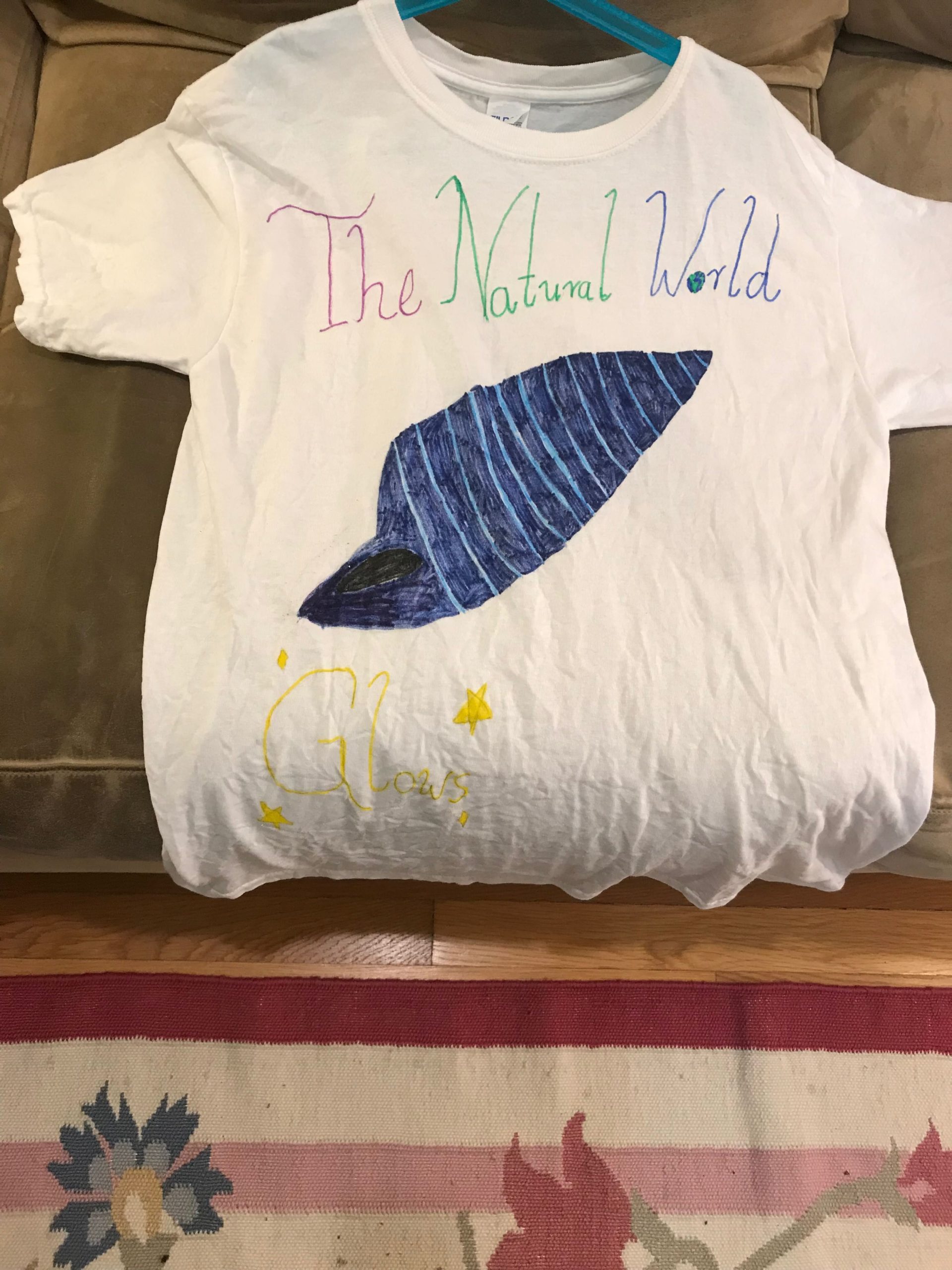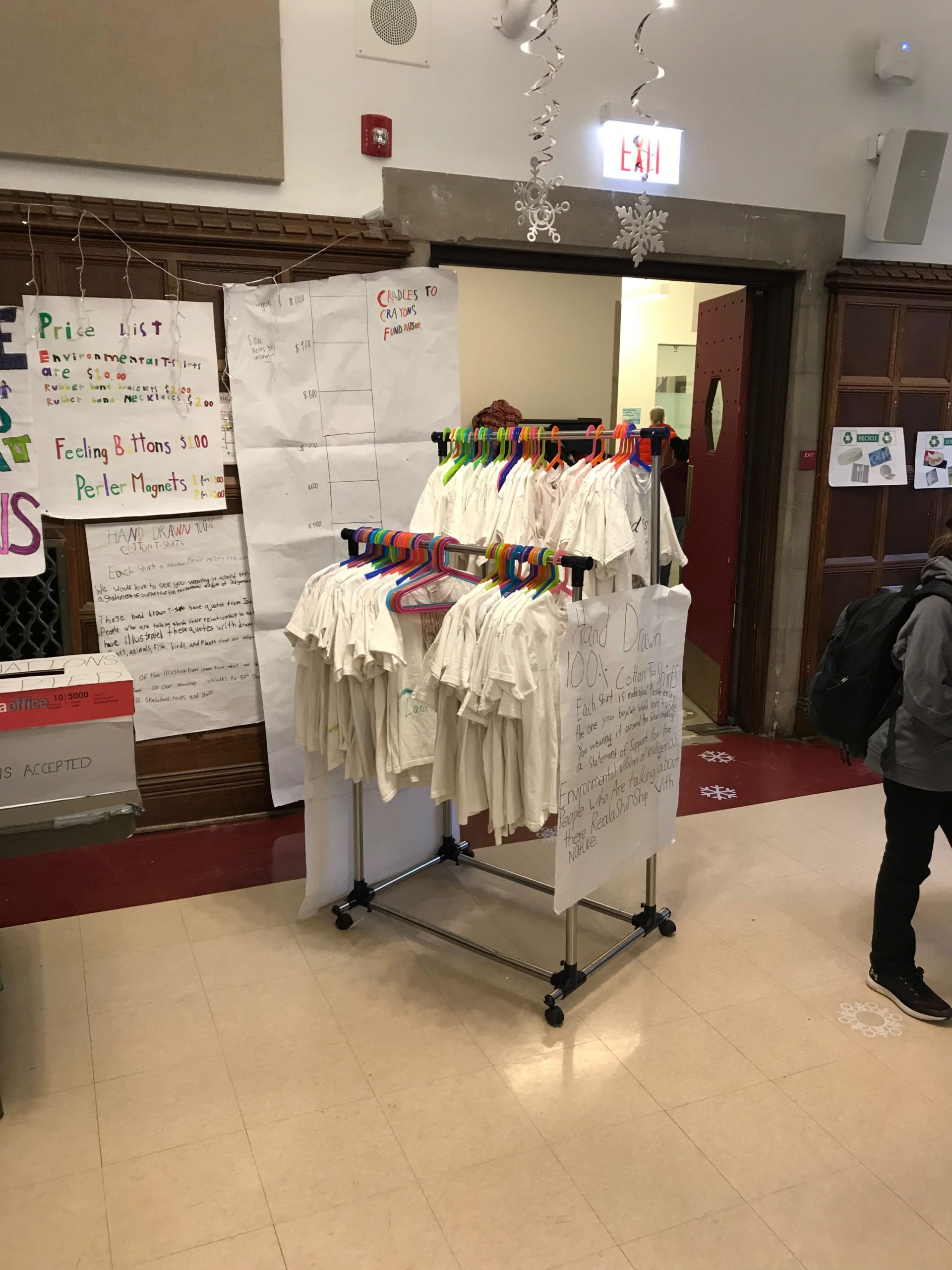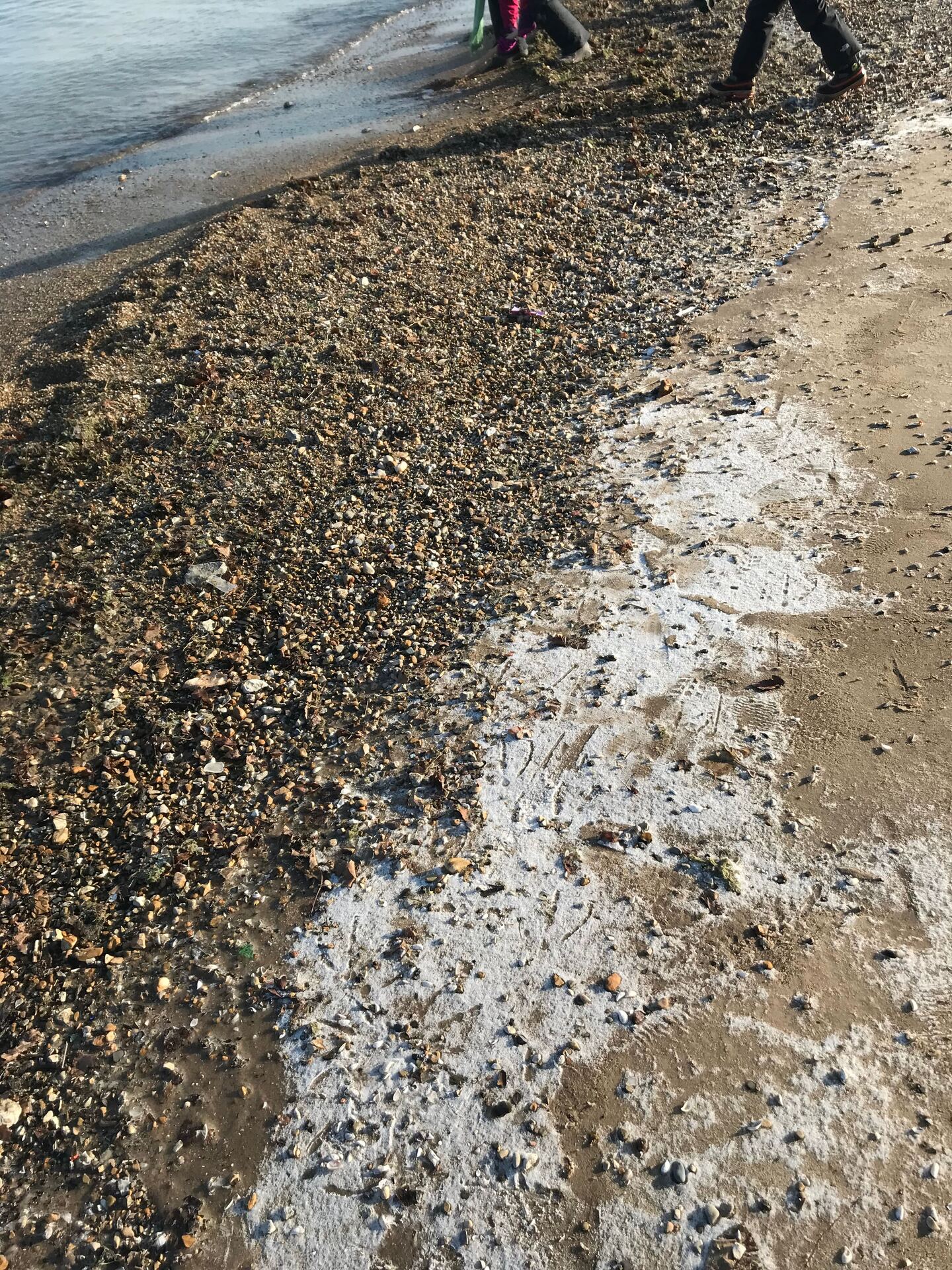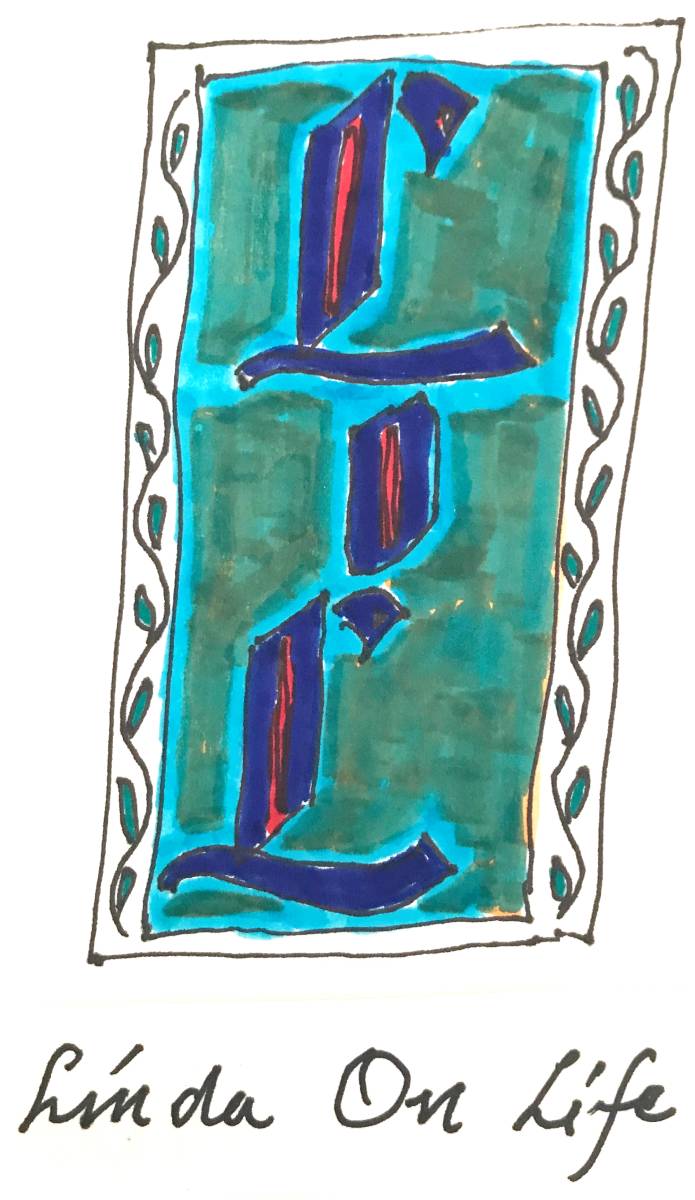John Dewey was an educational philosopher who believed that teachers should be providing children with learning experiences that were relevant to their lives and teaching them to partake in civic life. They should be taking on the issues of their times in their learning. A few years ago the school where I have taught for over 20 years decided we should do a school wide teaching of climate change. I have always taught students to be environmentally conscious, but it was good to specifically teach about the effects of climate change. Fourth graders learn best when they can have a tactile relationship with learning, and research shows that they are most likely to become environmentalists if they spend time in nature. In our urban community nature is to be found to the east at Lake Michigan. It is a 20-30 minute walk from our school. So, we allotted time to walk when we could make the trip there and back. I started off going with a colleague and his third grade class once a month all year. The children learned about the water ecology, and got a sense of the beach in different times of year. When we studied Native Americans they were more aware of what living in the elements felt like and how easy it was to get water from the lake all year round for drinking.
Children understood that Native Americans had lived in harmony and understanding of the nature where our city now stands. We used Native American quotes and made drawings of what we saw in our environment, the flora and fauna to create t-shirts. Our art teacher taught the children how to use fabric markers to transfer designs onto t-shirts. We hand drew t-shirts of many sizes for children and adults and sold them at the School’s Holiday Bazaar to raise money for an organization called Cradles to Crayons, which helps children in our city.
Then came the Coronavirus. Our school shut down and we began teaching remotely. We continued with the water curriculum learning about it differently. We learned about the importance of water in the situation. Children were worried about wasting water when they washed their hands. We said, they had to use more water now to be safe. We were addressing the issues using a civics model. We have divided children into six groups to study these issues. Each group created their own campaign. This was not the first campaign they had learned to do. Earlier in the year we had learned about national campaigns with a grade-wide campaign for grade level president. So, they knew the elements of the campaign already. Addressing water pollution had been one of the candidate platforms so it was natural for us to delve into this more deeply. Our students took on the roles of conservation organizations who were developing a campaign. They learned about invasive species, plastic pollution, oil pollution, sewage overflows, the Great Lake Compact about who is keeping the Great Lakes safe, and the community issues of access to safe and affordable drinking water.
They learned about the problems with overflowing sewers and how they could counteract this by not doing laundry or dishwashing on those days that there is an alert. Also, to shower for 7 minutes or less. We looked at plastic pollution, something that is an enormous problem and who was doing things to solve it. Their understanding of why it is a problem grew. They learned that communities of color in our city were least likely to have access to clean, safe drinking water and who was trying to help them, and that HB 1352 in Congress is trying to fund the replacement of lead pipes so that it will not increase the local cost of water.
Our action to save the water was in the Spring around the time of Earth Day. This was around the time of poetry month so everyone is also studying poetry. The students created a spoken word poetry piece, and put it to music, then we made videos to go with those messages, so we are teaching about the problem. To do this, children saw videos of artists with several of these types of messages, and learned about the structure of protest poetry. Then, they worked on crafting strong messages. Their water poetry was written in all sorts of genres. Afterwards, they made storyboards for what images should go along with their words. When we were back in person we had a group trip to the beach and they filmed their videos after much practice beforehand since we could only go on one day and they could only have one shot. They also had to choose background music from lists of free music and add this into the films. Then they edited the films and added subtitles. The goal was to make the message clear, and to plug our conservation organizations and website. Each piece of the filmmaking process was a challenge, but children took the project on with enthusiasm and worked collaboratively. Here are the videos that students created:
In addition to wanting to teach others about the problems the Great Lakes are facing, we were raising money for groups that we felt were addressing the problems. Each group selected a t-shirt design for their specific water conservation topic from among those that each person had drawn, and then chose an organization that they felt best addressed their water issue. We submitted the designs to a t-shirt producing factory, and created an Etsy shop which handles the orders which are then conveyed to the t-shirt factory. In this way, people order t-shirts and the profit goes to the organization that helps the particular water conservation issue. Here are t-shirt designs that they created to go with each campaign. The profits from each shirt go to the organization that is sponsored by the shirt. https://www.etsy.com/shop/SavetheGreatLakes?ref=shop_sugg
The next year we were back in person from the beginning of the year and there was still a Covid pandemic. It was important for us to get our students outdoors as much as possible. We know that getting children into nature also relieves stress as well as it is a safer place for us to be to avoid transmitting the virus. With the lake breeze fewer worries about spreading disease. So, having a curriculum that gets them into nature and helps them to engage in civic activity fits many objectives. With Covid I increased how frequently we went to the Lake from once a month to once a week. My friend Laura, who is an aquatic ecobiologist recommended that we do water sampling so we added that in. We looked at how the organization that samples the river water samples and then did our own Lake sampling. One can record it on this website. https://www.monitorwater.org/ We also looked at the sampling of other bodies of water in the city of Chicago.
Not only can we walk to the beach from our school, I can also walk to the beach in about 15 minutes from my home. My mother lives in a retirement community next to the lake. We are all water lovers, and in the summer we swim in the lake. I am drawn to the water. Listening to the sound of the waves always gets my heart into the right rhythm, the one that elephants sway to, the rhythm of the earth that lulls us into relaxation. If I close my eyes and picture it I can hear the gurgling sound of eddying water. I have even watched the sun rise over the lake, or watched it set over the lake when I was on a road trip on the other side. The lake is a magical place for us.
Recently I was at a conference where they said that disinformation is eroding democracy in part because we do not teach enough civics to children. I am glad that I have always taught children civics. Part of a civics education is teaching children to take on the important social issues in their world and address them. How do you address them? Well, one way is to create an awareness campaign and fundraise to support organizations that are tackling the problems.
Teaching children about water conservation means that they are more likely to take care not to waste water. Also, they can apply this sort of activism to any project that they choose to take on later in life. They have learned civic engagement by taking on an issue that is important to the future well being of the planet that they are living in and see that they can be positive agents of change.




